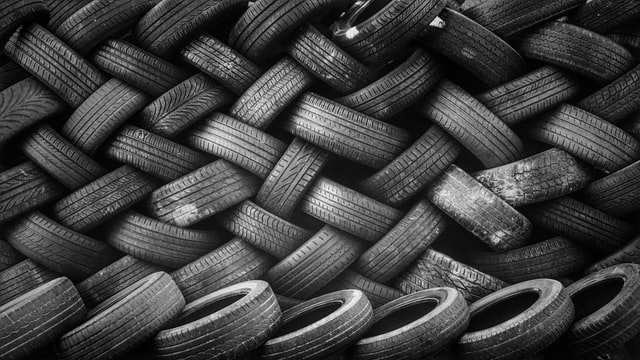Have you ever wondered how far you can drive on your spare tyre that you put on when you had a flat tyre a few days ago? There are a few things you should be aware of with your spare tyre.
A spare tyre, sometimes known as a stepney, is an additional tyre kept in your car and intended to be utilised in the event of a tyre blowout. Regular spare tyres and space saver or donut tyres are the two most common types of spare tyres, however each has its own set of sub-categories. Normal spare tyres are the same size as your regular tyres, whereas space savers are smaller.
If you have a regular-sized spare tyre, you may easily replace the ruptured tyre with it. It will work in the same way as a conventional tyre. However, in this situation, make sure you have your damaged tyre fixed as quickly as possible because it would be a dangerous journey if you had another puncture without the spare.
The space saver is the second type of spare tyre. These are only meant to be used temporarily to transport you to a nearby tyre repair shop if one of your normal tyres becomes damaged. If you have one, you will quickly realise that the size of this type of tyre is limited. It’s small and light, so it won’t take up much room in your trunk.
The space efficient spare tyre does, however, have certain restrictions. To begin with, the space saver is not built to be as robust and long-lasting as a full-size normal tyre. Regular automobile tyres include layers of polyester strands running below the rubber to provide the necessary strength. On the other hand, space efficient tyres contain fewer cables and are thus smaller and lighter. As a result, they are losing ground. And with less traction, you’ll have a harder time stopping. The ABS and traction control are less effective when space saver is turned on.
Keeping spare tyres in good condition
• You should keep an eye on the air pressure in your spare tyre so that it is ready to use whenever you need it. Don’t forget to check the pressure of your spare tyre while monitoring your vehicle’s tyre pressure. It should be inscribed on your tyre’s sticker or moulded into the sidewalls of the tyre.
• Clean the spare tyre from time to time to minimise dust accumulation, which might corrode your rim.
• Even though most spare tyres have a lot of miles on them, it’s a good idea to check the tread on your spare and rotate it with the other four tyres on your car during your regular tyre rotation. This will ensure that all of your vehicle’s tyres wear out evenly and provide a smoother ride.
• Do not take your spare tyre any further than is necessary. A spare tyre that isn’t the full-size matching spare tyre’s only purpose is to get you to the nearest tyre shop so you can replace and repair your damaged tyre.
• Be cautious of the speed at which you run the spare tyre, just as you were with the distance. Refer to the owner’s handbook for your vehicle and carefully observe the directions on the spare tyre speed restriction.
• At least twice a year, get the spare tyre properly inspected by a tyre specialist such as Smart Mechanics. Make that the tyre is free of any leaks, cuts, or other damage.
• As a result, have a spare tyre on hand at all times and repair it on a regular basis. If you have a flat tyre and don’t have a spare, you may find yourself in a difficult scenario.
While the majority of new cars are supplied with a spare tyre, there are a handful that are not. In such circumstances, it is worthwhile to get one. Finding the proper spare tyre for your car and a reputable tyre shop to purchase it might be challenging.
If you are looking for the best maintenance and repair service for your car’s tyres, visit Smart Mechanics in Bishops Stortford or Smart Mechanics in Stansted.


